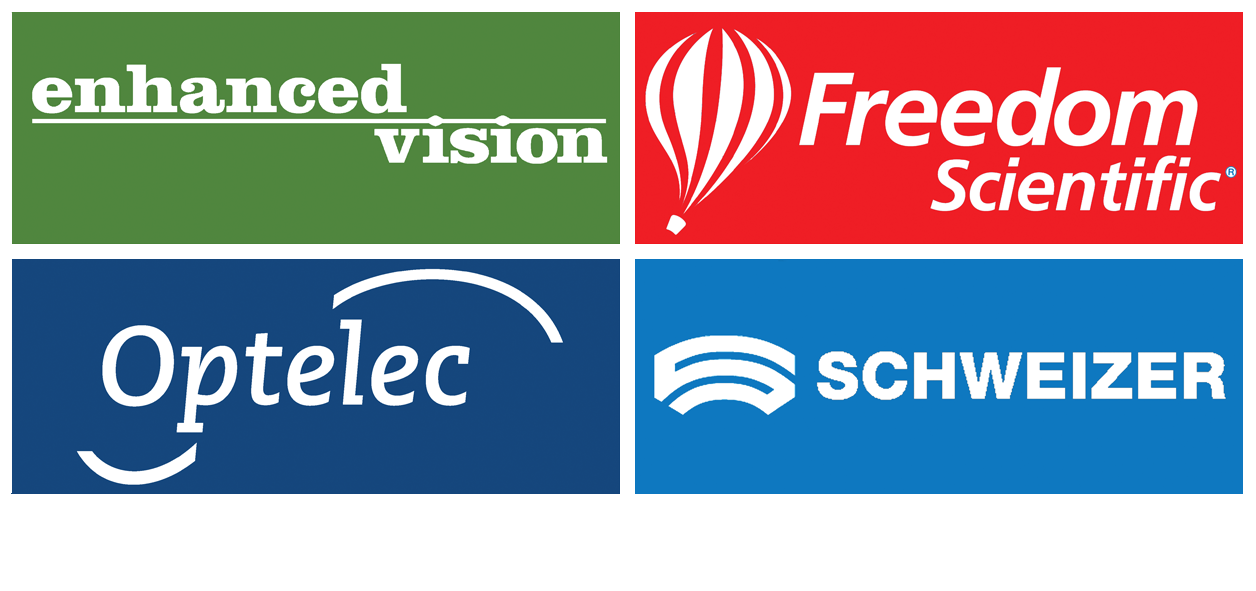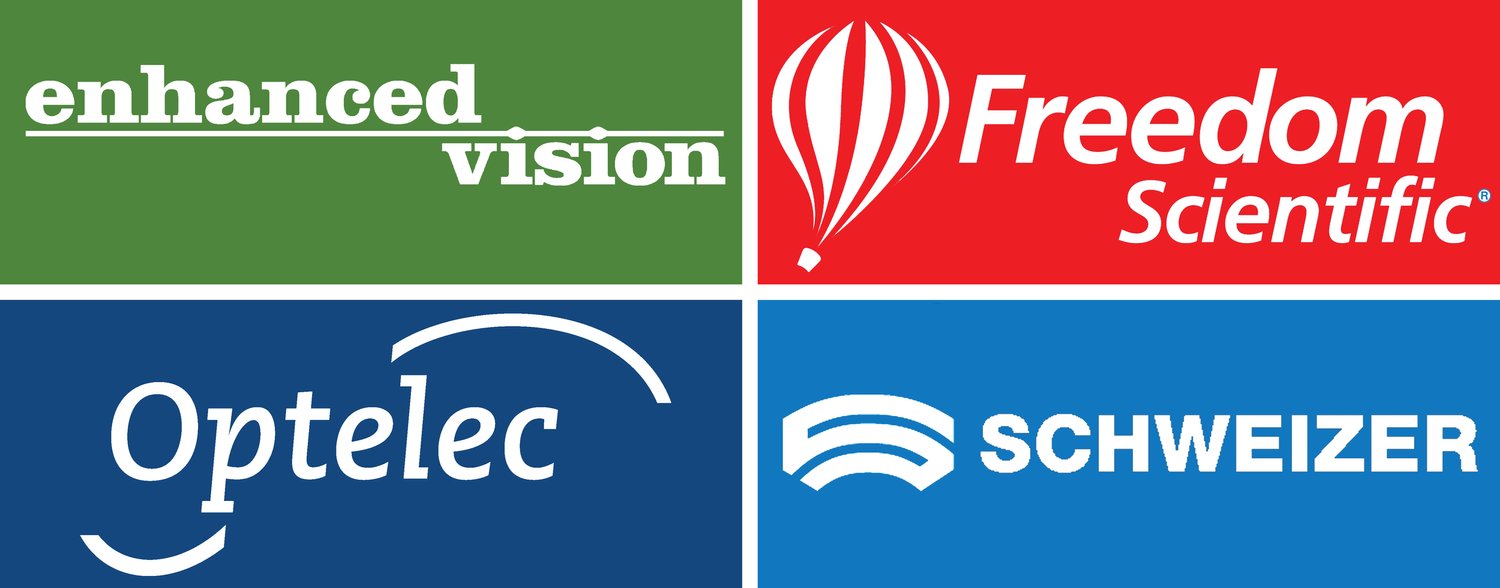National Braille Week
This week marks National Braille Week. Coinciding with World Sight Day on the 14th of October, this is an incredibly important week in the calendar, as from 11th-17th of October we raise awareness of the importance of Braille for blind and partially sighted people.
Nothing has been so instrumental in enabling blind and partially sighted people to acquire literacy and independence than Braille. Long before the technological advancements which assist people today, Braille was empowering people to traverse life, education, and the working world, and to thrive doing so.
It’s amazing to think that the system, conceived in 1824 by 15-year-old Louis Braille, has remained largely unchanged nearly 200 years on. After coming across the method of “night writing”, which used raised dots on cardboard to send written messages on battlefields by night, Louis Braille was inspired to simplify it into the system of six dots in varying patterns which provided sixty-three permutations for letters, numbers, and musical notes that would later become known as Braille.
While the system is largely unchanged, it has come a long way in its reach and application. Novels, magazines and reference books have widely been available in Braille for some time, but the most welcome progress has been made with texts like instructions, personal documents, bills, pharmaceutical packaging and on public transport—areas in which Braille really bolsters the independence of blind and partially sighted people.
Another key part of the history of Braille is the accessibility of Braille writers like the Perkins Brailler. Invented in 1951, the Perkins Brailler is still the most widely used Braille writer to this day, and its popularisation really represents the widening of access to both elements of literacy—not just the ability to read in Braille but to produce Braille texts of one’s own.
Braille still has a key role to play, and a bright future ahead of it. More recent technological developments like computers with Braille displays, Braille-enabled smartphones and devices like BrailleNote, (used for note taking, word processing and emailing) can ensure that blind and partially sighted people benefit from the technological revolution and are not excluded from the new age in work and education practices.
Notwithstanding, there is constant work to be done to ensure the enhancement of Braille resources and the continued drive towards accessibility, more affordable Braille displays, and continual innovation across the board. National Braille Week is a great opportunity to celebrate the positive effect Braille has on so many people’s lives, and to drum up awareness of its importance among people who might not otherwise consider it.
Our Low Vision aids owe a lot to those who pioneered and spread the use of Braille and those who continue to push the envelope and demand high-quality, accessible tools that improve the lives of blind and partially sighted people.

